My A3 will never be the same.
Deciding on which Stage 1 ECU Tune for my 2.0T A3 was a really difficult decision. It wasnít because I was afraid that I was going to make a wrong choice and my car would get messed up, wouldnít run right, or wouldnít make good power. It was difficult because of the vast amount of GOOD choices. There are just too many. It made my head spin. I mean look: we have APR, GIAC, REVO, HPA, United Motorsport, Unitronic, Eurodyne, and Neuspeed, (did I miss any? Seriously, I could have!?!).
Honestly, choosing a Stage 1 ECU Tune for the 2.0T is kinda like trying to choose a beer at the Yard House. They have hundreds of beers on tap. They have tons of individual beers in bottles. There are so many recognizable domestic and imported names and brands. Then there are the tempting beers from exotic places and distilleries that you donít recognize. The variety is absolutely endless. You can choose something youíve had a hundred times, or you can be adventurous and choose something new. There are tons of individual lite, dark, heavy, and light choices. Itís almost too much. Sometimes you just want to give up and make the bartender, or server decide for you. Itís crazy I tell you!
Just like the beers on tap at the Yard House, all the Stage 1 2.0T ECU Tunes are offered by recognizable names and brands. They have all been in business for years. They all have earned their excellent reputations. Many of us have previously purchased their products. They all offer a similar product and at a similar price. Each different Tune may offer their own special taste and personal touches but, ultimately, they all accomplish the same goal. So, how do you choose which to go with?
See, thatís why I told you. Itís tough to choose a Stage 1 ECU Tune.
I started my search by focusing on what each manufacture had to offer regarding their Tuning software. Were there any options? What was included? What was the price? Have there been any durability and the reliability concerns with the software? Are there any customer reviews? If so, are they favorable? And of course, how much additional power can I expect to gain?
Most of the manufactures (APR, GIAC, REVO, UM, Eurodyne, and Unitronic) offer their tuning software in stages; Stage 1, Stage 2, and Stage 2+ and each stage represents changes to their performance Tuning software when an intake, intercooler, and exhaust component is added. Neuspeed and HPA have only one performance ECU Tune for the stock K03 turbo, however, according to them, both of their Tunes can automatically adjust for intake, exhaust, and even intercooler modifications so there is no need for additional stages unless, of course, a larger turbo is added to the engine.
Many of the companies like APR, GIAC, and Revo offer multi-program performance software where the user can switch between a 91/93 octane tune, 100 octane tune, stock, and even valet modes which I understand can be extremely desirable, even at an extra cost. UM, Neuspeed, and HPA do not offer switchable programs but, they turn the tables on the competition by claiming that their ECU Tunes can automatically adjust for different octane fuels rendering the 91, 93, and 100 octane switchable programs useless.
However, these claims have stirred quite a bit of controversy. The skeptical side of this debate says that since the 2.0T doesnít have an octane sensor, there is no way the ECU can adjust for different grades of octane. They further go on to explain that the only way for this claim to be true, would be if the Tune is adjusting for the changes in octane based on knock, or detonation. Not good. Yet, conversely, the Companies that offer this tuning Ďfeatureí claim that there are a number of layered ignition maps that are correlated on other basis then just knock, and if the engine is operating within the given parameters which, they have fully recalibrated, the ECU will not see anything greater than a 6 degrees ignition retard when using different grades of octane thus producing the performance gains for higher octane fuels.
The debate continues as the skeptical folks claim that there is no way that ONE tune can be fully optimized to deliver perfect results for different octane fuels. They are saying that separate tunes optimized for a specific octane fuels will produce better drivability and a larger increase in power. Personally, I have no idea. Their argument however, makes sense, I must admit. Iíll remain on the fence.
Begin RantÖ
During my Stage 1 ECU Tune search there was one thing that really aggravated me. When Iím shopping for a performance part, tune, or otherwise I want to see raw, proven gains for that specific product. But, unfortunately, ALL the Tuning companies advertise their performance improvements measured at the crank, not at the wheel. Crank numbers can often times be vague, generic, and at times, inaccurate.
When Iím spending my hard earned money, I want to see performance gains advertised and measured at the wheel. Real gains. Real results. Why not post the real thing?
The reason; CRANK numbers produce HIGHER numbers that look better to the consumer when compared with real wheel numbers. They want to be able to grab your attention and sell you on the BIG number. But, can we blame them? All the OEM automotive manufactures use this same marketing logic too. How I hate it!
My main issue with crank numbers is that they can be manipulated so much easier than wheel horsepower and wheel torque figures in my experience.
Case in point: Two major automotive manufactures, Ford and Mazda have produced cars advertising that their crank numbers are one thing but, when the consumers began to independently test their vehicles they found that the actual numbers were far lower than the manufactures claims. In the end, when the dust settled, the manufactures were forced to make concessions to the customers whom purchased those vehicles for their embarrassing marketing errors.
My favorite advertising offense is the fake crank dyno graph! Really, you are going to advertise a crank dyno graph for your product when there is a really good chance that the consumer will unknowingly believe the crank numbers represent real wheel horsepower and torque numbers? Please.
APR proudly lists crank horsepower and torque numbers for advertising purposes on their website, like the other Tuners, but they take it a step further with some really confusing details. For example, they show the factory rated 2.0T making 200 HP and 207 TQ on 91 octane while listing their recorded numbers for the stock 2.0T as making 216 HP and 227 TQ on 93 octane.
Does this mean that Iím going to pick up 16 peak HP and 20 peak TQ without doing anything else but adding 93 Octane to my car? If so, thatís awesome! Iím going to put some 93 octane fuel in my car ASAP! But, the real answer is NO! Youíre not going to pick up an additional 16HP/20TQ by putting in 93 octane fuel.
What they arenít telling you is that the 2.0T has proven time and time again to produce more power than what is claimed and advertised by the manufacture regardless of which octane fuel is used. My 2.0T is no different.
My completely stock A3 running 91 octane made 190 WHP and 198 WTQ on a DynoJet 220. So what does this mean? How can I compare my WHP/WTQ numbers with APRís numbers, stock, or otherwise? Well, thatís what is difficult when companies fail to provide actual wheel horsepower and wheel torque results. In order to compare my results with theirs, I need to figure out what correction factor they used to create their crank numbers.
Luckily, APR actually lists, albeit in incredibly small print, that the correction factor they use is 10%. Unfortunately, they do not publish which dynamometer they used to obtain their numbers which would really help our comparison.
By applying APRís correction factor of 10% to my stock A3ís recorded WHP/WTQ numbers we get 209 HP and 218 TQ at the crank on 91 octane where APR is showing 216 HP and 227 TQ on 93 octane. Okay, so 93 octane fuel will produce more power, an additional 7HP/9TQ but, nowhere near the peak gains that are shown on their chart. Now everything makes more sense! Iím glad we could clear that up.
Look, is it fair to pick on APR? No, perhaps not. But they are a leading tuning software company that subscribes to the marketing and advertising confusion that I despise. But, they are not the worst offenders. In addition to fake crank dyno graphs, some manufactures simply list that their tunes will increase power by 35-60 HP and 50-80 TQ. What? Is it 35, or is it 60 HP? Is it 50, or 80 TQ? Pathetic. Make up your mind! Be specific! How much power am I going to gain with your tune? At least APR isnít afraid of advertising the peak performance gains for their Tunes.
Many will argue that different dynomometers provide different results and they would be correct, but, there are additional correction factors which can be applied to all the different dynos (and conditions) and as long as the consumer knows which dyno the manufactures vehicle was tested on, it will give the consumer something solid to compare their results with.
For example, I purchased a supercharger kit for one of my other vehicles. The kit was advertised at delivering 190 peak wheel horsepower. I purchased and installed the kit and had my car tested on a Dynojet 248 where it made 187 peak wheel horsepower. Perfect! Testing the car was easy and I was happy with the results and thrilled that the manufacture supplied the wheel horsepower information. I donít understand why it is so difficult for the VW/Audi Tuners not to offer the same service for their customers.
Honestly, how hard would it be for the companies to publish the wheel horsepower and wheel torque results? Arenít their Ďcrankí numbers derived from the wheel figures? Publish them both if you must! Is that really so hard?
Ironically, my point was recently proven online when a forum member asked a question; Crank vs. Wheel? One of the leading Tuners responded as to why they use crank numbers for their products with the typical response, Ďbecause thatís how everythingís rated across the boardí.
He then proceeded to explain that they donít use wheel horsepower and torque numbers because wheel numbers will change based on, but not limited to the following: transmission type, wheels, tires, tie-down strap resistance, roller surface, AWD, or FWD, and so on.
He is right! All those factors will change the wheel horsepower and torque results. Yet, he admits that they use the same wheel horsepower and torque numbers to estimate their crank figures. What? If you just said that wheel numbers are so easily affected by so many variables how could you possibly use them to calculate your crank numbers?
Easy, like Iíve said, they apply correction factors which solve each individual inconsistency between each different vehicle type, equipment, and build. They use these correction factors to calculate their crank numbers! They just want you to think that they are the only ones who possess the correct formula. Stupid consumer! You couldnít possibly understand wheel horsepower figures.
You see! Itís not about accuracy. It is all about the BIGGER, HIGHER, LARGER numbers to get your attention!
While it is not listed on their website, GIAC has posted WHP/WTQ numbers for their Stage 1 ECU tune with and without additional modifications on a couple of the VW/Audi online forums. Way to go gentlemen! That is a good start and I hope that other companies will follow suit and ultimately begin to list these real performance results on their websites.
Personally, I see no problems with advertising wheel horsepower numbers as it will only help the consumer in the end. The Tuning companies should have nothing to fear. Hopefully I make my point.
Okay.
End rant. Letís move on.
With my own research completed, to further help assist in my search for a Tune, I sought-out the expertsÖautomotive forums, friends, and even, my local dealership.
The questions I asked were mainly focused on the performance I could expect using the weak California 91 octane fuel (since most Tuners advertise gains using 93 octaneÖwhich produces more power) and how my future Stage 1 ECU tune would be affected by adding additional performance modifications like a performance intake, intercooler, down-pipe, exhaust, and a Water/Meth setup.
I had a variety of helpful responses from friends and forum members and they were all greatly appreciated.
I thought it was odd that most of the suggestions instructed me to purchase a Tune from my closest Tuner. I guess that is good advice if you live in an area where your options are limited but, I live in Southern California, and most of the popular Tunes are available locally. I just want to buy the best Tune for my needs and future plans. If that happens to be my closest Tuner, then great but, I didnít want to base my entire decision on convenience and geography.
Then, there were other suggestions for me to purchase either the APR, or GIAC Tunes because they are by far the most popular Stage 1 Tunes and people are really happy with their product.
I even asked my local Audi dealer which Tuner they recommended. Ironically, they recommended Neuspeed, my closest Tuner. Go figure. Well, at least they didnít recommend them because they were the closest; they recommend them because of their experience and history with them.
However, going against all the advice I received online, I was most impressed and intrigued by the Tunes offered by Neuspeed and HPA because unlike most other Stage 1 ECU Tunes, they donít require additional software or re-flashes for future modifications like a performance air intake, an intercooler, down-pipe, and an exhaust system and no additional maps for different octane fuels (which will be extremely useful when I add a W/M kit). I felt that these innovative features set these two Stage 1 ECU Tunes apart from the rest of the competition and sounded the best for me and my needs.
Similar to politics and government, people like to hear what they want to hear, and not necessarily, what is best for them. So going along with that tradition, I decided to narrow my options to Neuspeed and HPA because they provided me with the most Ďfreeí benefits.
Unfortunately, what killed Neuspeed is that they donít offer a K04 Tune and if I decide to go that route in the future, I would have to have my car re-Tuned by another company which, would suck. HPA does. I went with HPA.
I not only chose HPA because of the features they offered in their Stage 1 ECU Tune but, because I have a good history with. They Tuned both the ECU and the DSG in my 2008 VW R32. I never had one issue. I was very happy with their product. I donít see any reason to believe that their 2.0T Tune will be any different in terms of performance and reliability.
Iíve heard some say that the HPA entered the 2.0T Tuning game way too late, their Stage 1 Tune is overpriced, and there is no room for another Ďnewí kid on the performance-tuning block but, I donít see it that way. HPA is offering some very unique ECU software features that have been pioneered, tested, and proven during their successful and on-going 2.0T racing program. This alone should solidify their position in the 2.0T Tuning market.
I believe their Stage 1 Tune is original and authentic and their pricing is extremely competitive IF their auto-adjusting and auto-optimizing claims for different octane fuel and future modifications are accurate.
In the end, my decision had to be based on the company that delivered a Tune that offered the most features for my unique situation and future plans. As mentioned before it is a tough decision because all the Tuners offer a product for my unique situation.
Still, I felt that HPA offered a little more.
Alright, the Installation.
Iíll admit, Iím not a computer guy and I was a bit nervous performing the download/upload ECU Tuning process myself. I donít understand computers and I donít like them. However, Iíve modifying cars for years so I figured I could get through it. I was right.
HPA really makes this process easy. The Flash Tool kit is shipped in a professional double box package next day air. The outside box has all your shipping information and the inside box has all HPAís return shipping information. So once you are finished, all you need to do put the Flash Tool in the box, seal it, drop it off at any UPS location for return. Simple, convenient and everything was done at my home.
Huh, come to think of it, I guess HPA was my closest Tuner! LOL!
Anyway, once the HPA software was installed on my computer, I plugged the HPA Flashing Tool into the OBD II port under the dash and started the reading process. Once finished, I saved the ECU files on my laptop and emailed them to HPA so they can be modified and sent back. This process took about 25 minutes. The next day I received an email with the modified ECU from HPA. I then quickly plugged my laptop back into the OBD II port and began the writing process which took about 35 minutes. As expected everything went smoothly. When finished, I eagerly but, carefully, disconnected all the equipment and prepared myself for my first drive with the newly modified HPA ECU Tuning. Here we go!
The most common phrase I read and hear about regarding any 2.0T Stage 1 ECU performance tuning is that ďthe car should have come like this from the factoryĒ. Weíll, that endlessly repeated statement, is true! The 2.0T should have come like this from the factory. My A3 is no longer the same. Thank God!
The first thing I noticed was the razor sharp and immediate throttle response brought on by the new Tuning. There is no pause, there is no hesitation. The throttle response is excellent both on, and off boost. This alone is a huge improvement over the stock tuning. In addition, the acceleration is effortless and the power delivery is smooth, seamless, and very strong. Just the way I like it. The new-found power is intoxicating. It is definitely worth the price of admission!
While stock, passing other cars was a virtual chess match because if challenged, I was always unsure if my A3 had enough power to pass; now, I no longer need to worry. My HPA Tuned A3 easily overtakes other cars on the highway with a surge determined confidence. I love the immediate sensation of speed and power pushing my body into the seat. The torque is so strong and broad you actually start to wonder if HPA manufactured a way to inject an unknown number of additional cylinders and more engine displacement through the OBD II port. Is that possible? But, then, I hear the eager K03 turbo spool, whistle, and hiss in precious agony thus creating the V6 like surge of power and of course, it is because of these angry and brutal whooshing turbo sounds that bring my wondering mind back to the reality that the engine propelling my vicious A3 is in fact, a turbo 4 cylinder. Yet, the low end torque brought on by the Tune is truly comparable in strength to a much larger displacement engine. Really! No, I am serious! Take a look at thisÖ
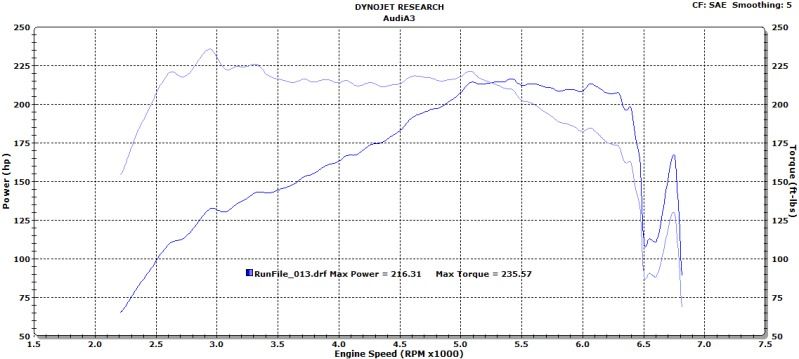
My A3 was tested by Tom at EFI West in Camarillo California on his DynoJet 220xlc and made an impressive 216 peak wheel horsepower and 235 peak wheel torque using 91 octane fuel.
Here is another dynograph comparing my 100% stock A3 vs. the HPA Stage 1 ECU Tuned A3.

The HPA Stage 1 ECU Tune produced an additional 26 peak wheel horsepower and 37 peak wheel torque on 91 octane fuel. Nice!
HPAís experience and command of the factory ECU software really shine in their Stage 1 ECU Tune. They have produced an excellent blend of innovative features and performance for the 2.0T. HPAís connection with their 2.0T racing program is always present every time you press the accelerator pedal.
Good job HPA!
I will be logging and posting some additional dyno results for 100 octane and W/M to test The HPA Stage 1 ECU Tune for its ability to fully optimize and adjust for changes in octane fuelsÖ
Stay Tuned!
Mike
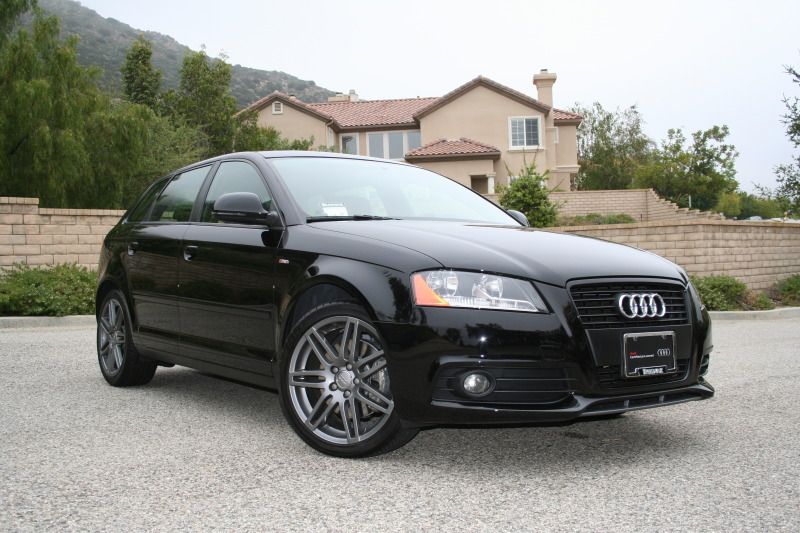
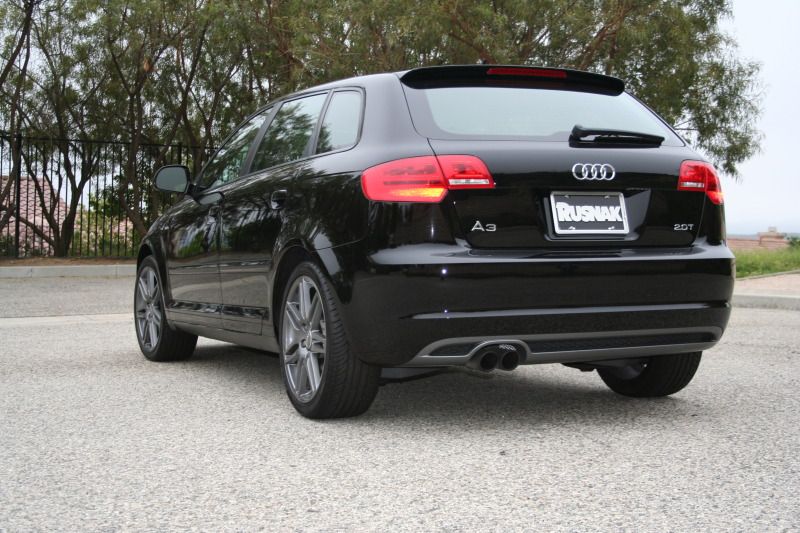
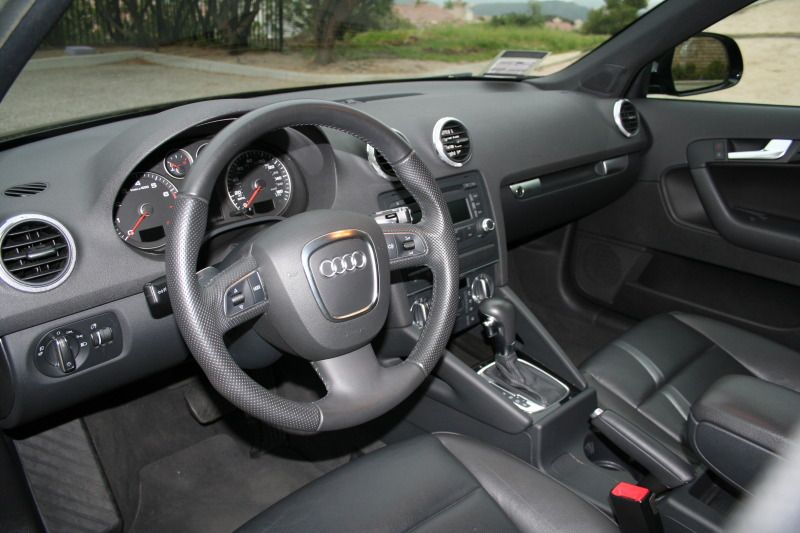















 Reply With Quote
Reply With Quote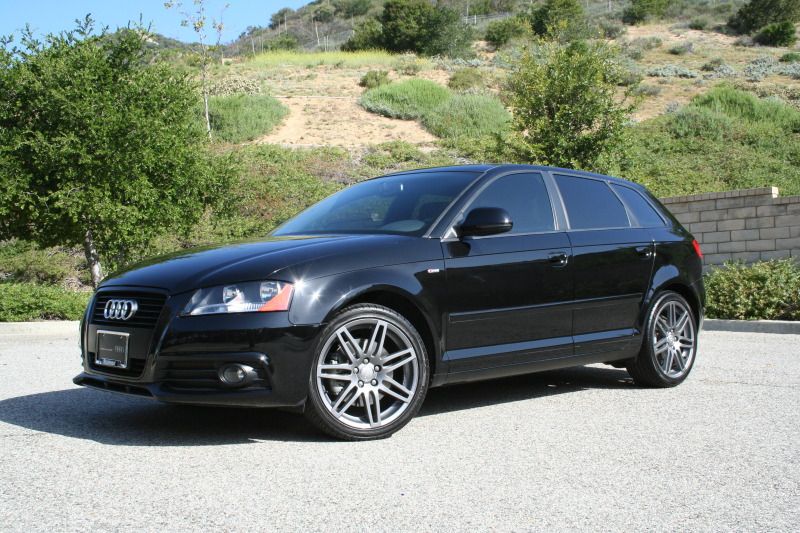
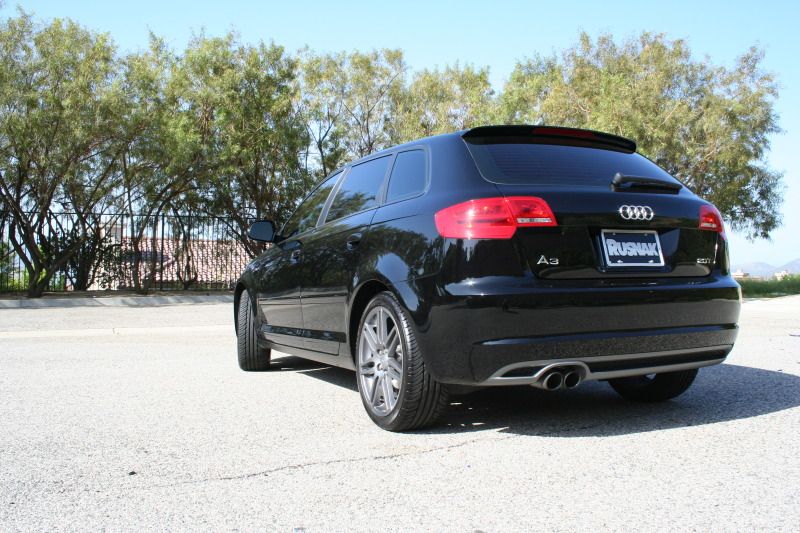
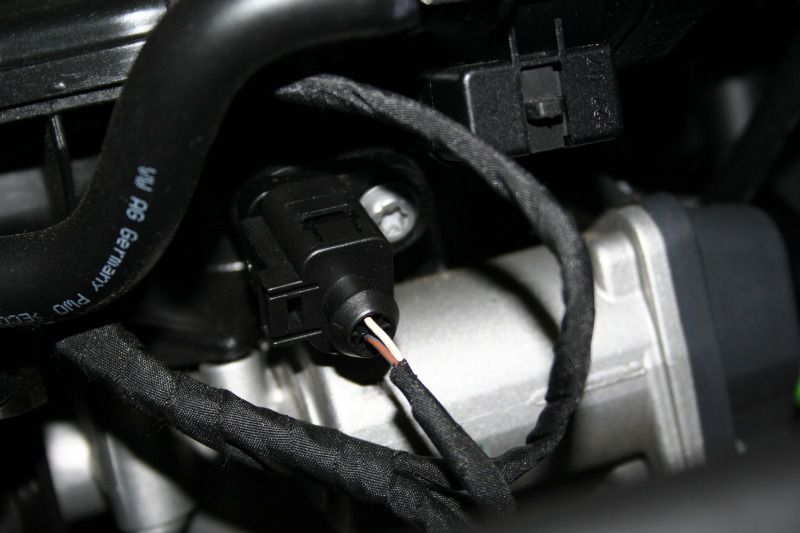
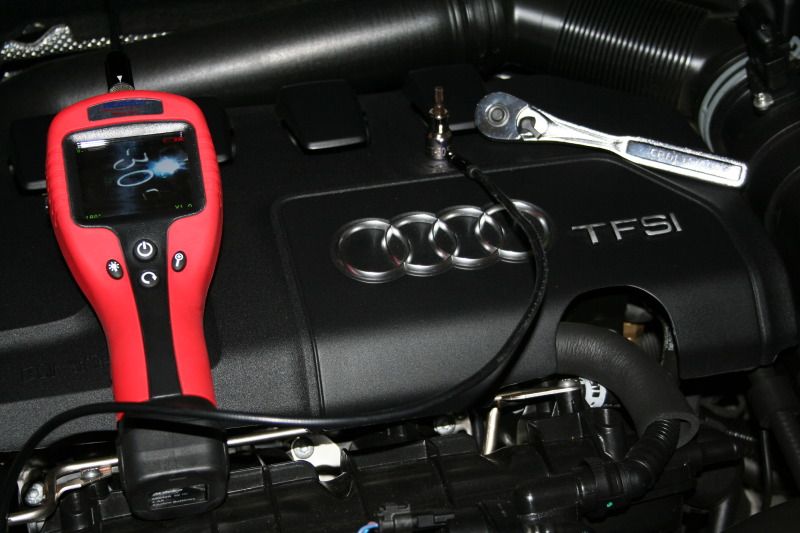
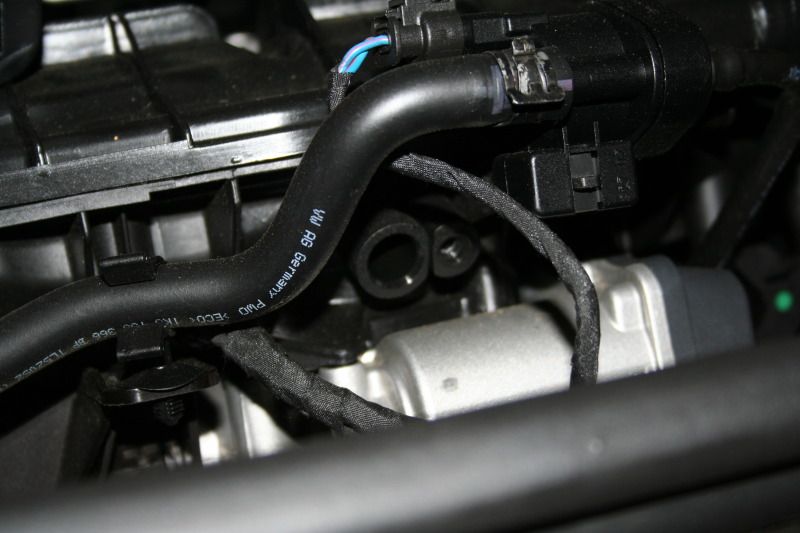

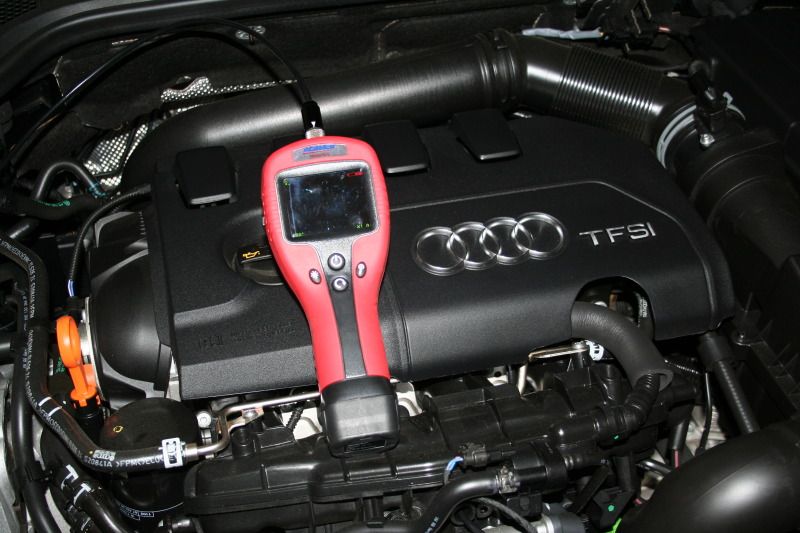

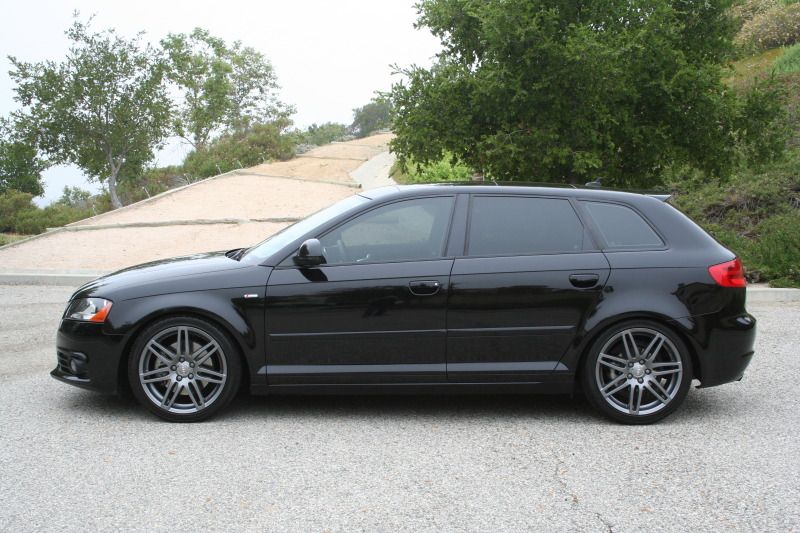
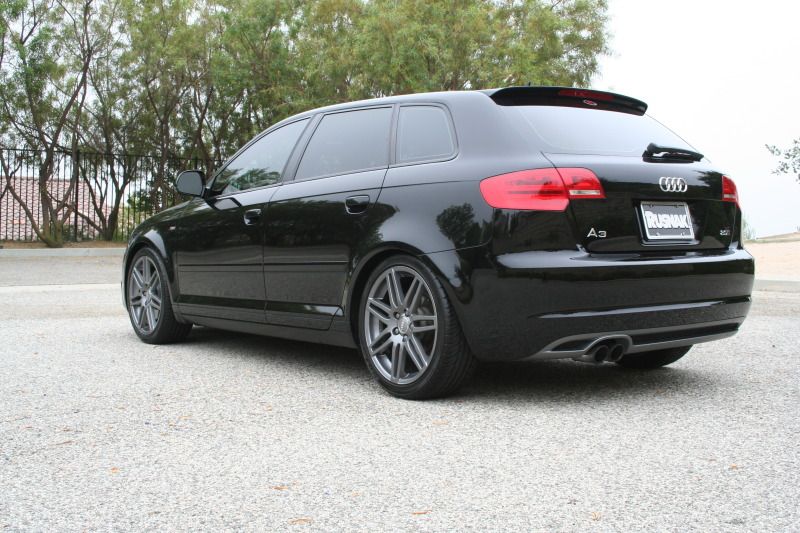
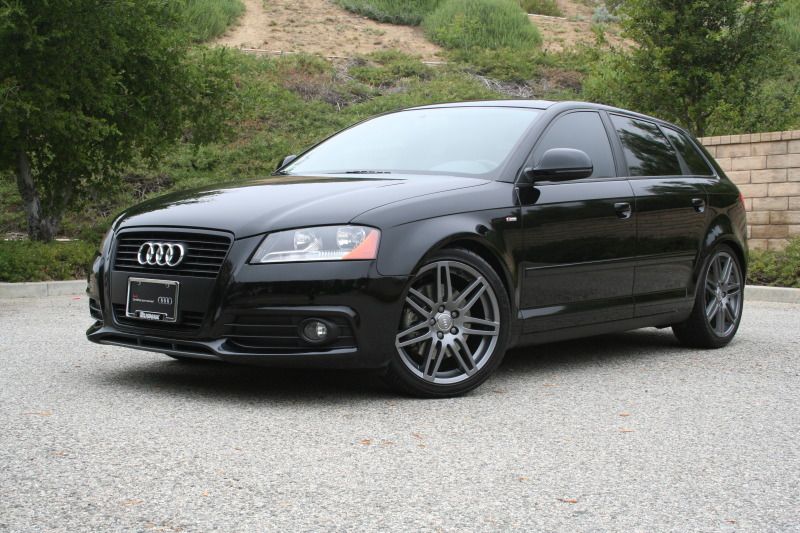

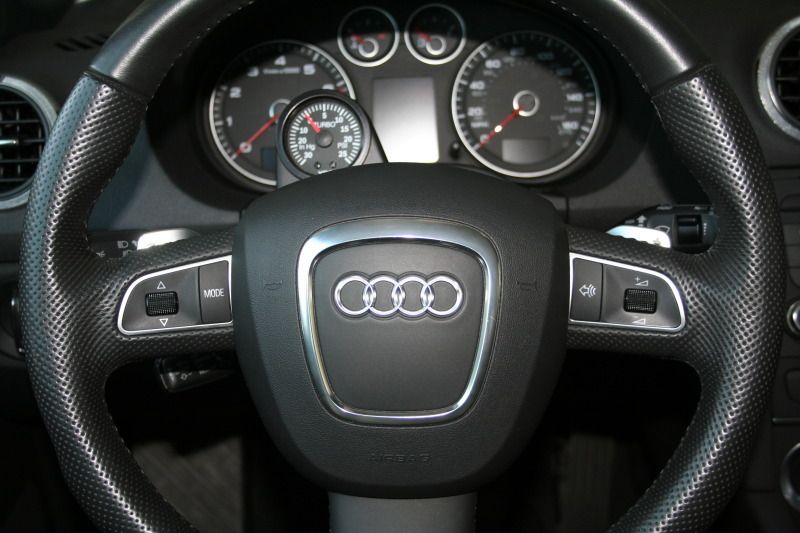
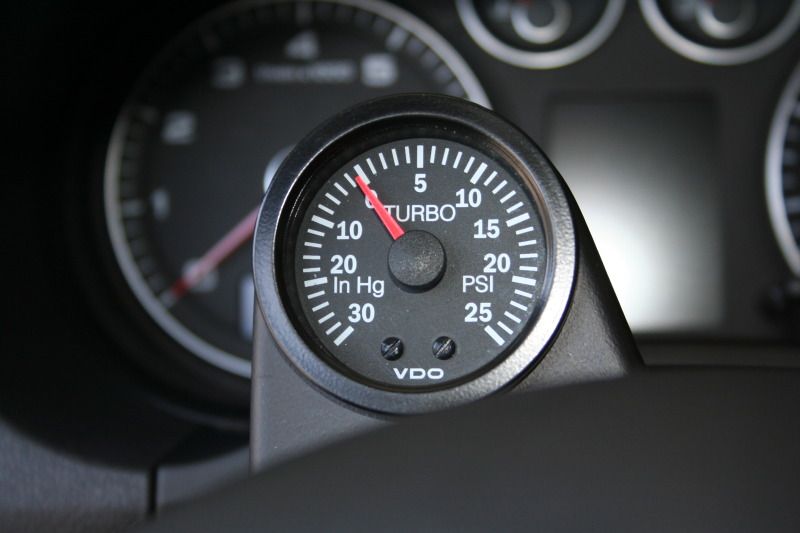
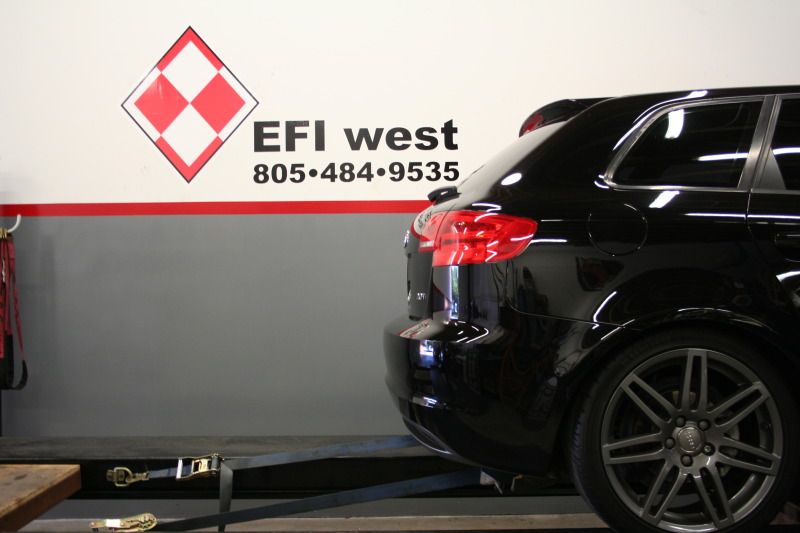
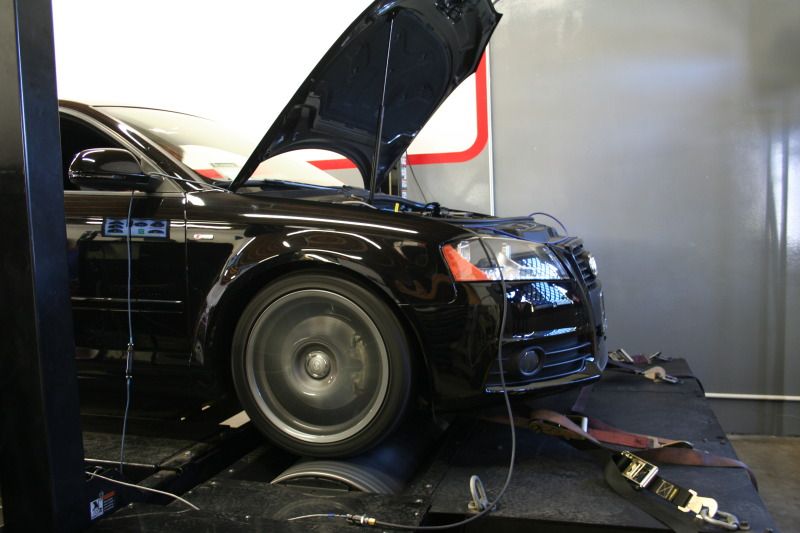
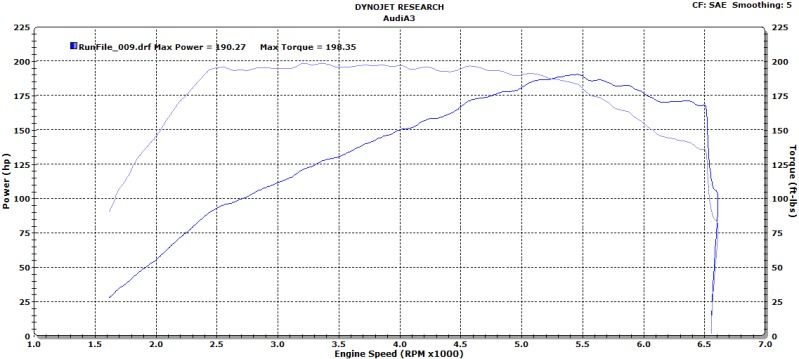
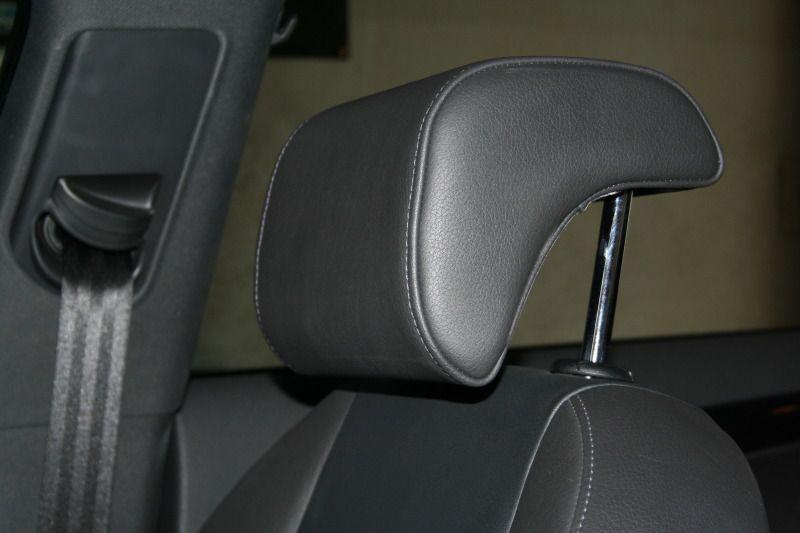
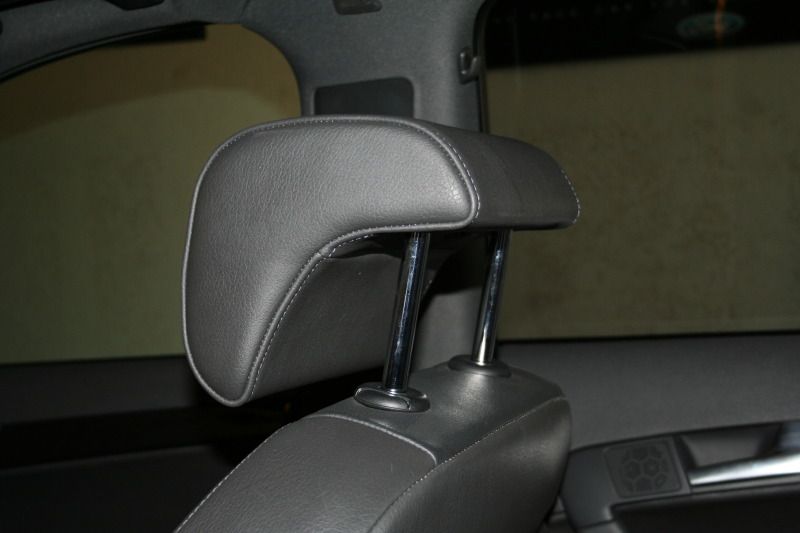
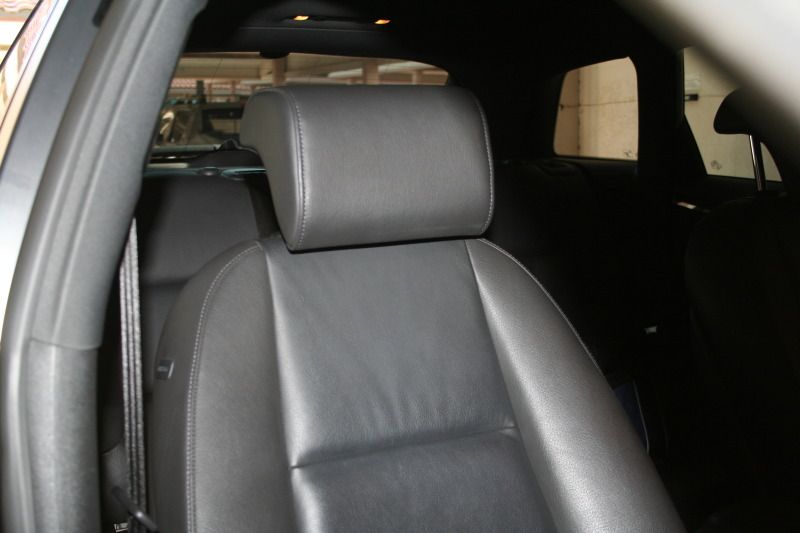


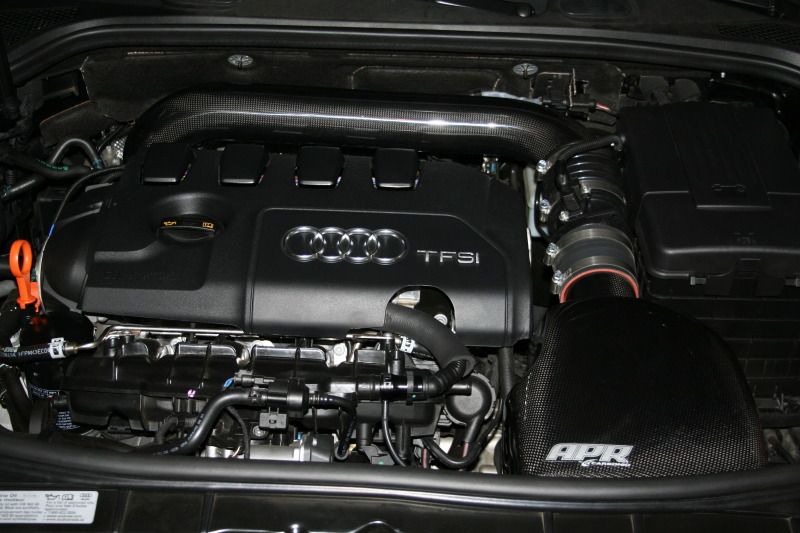
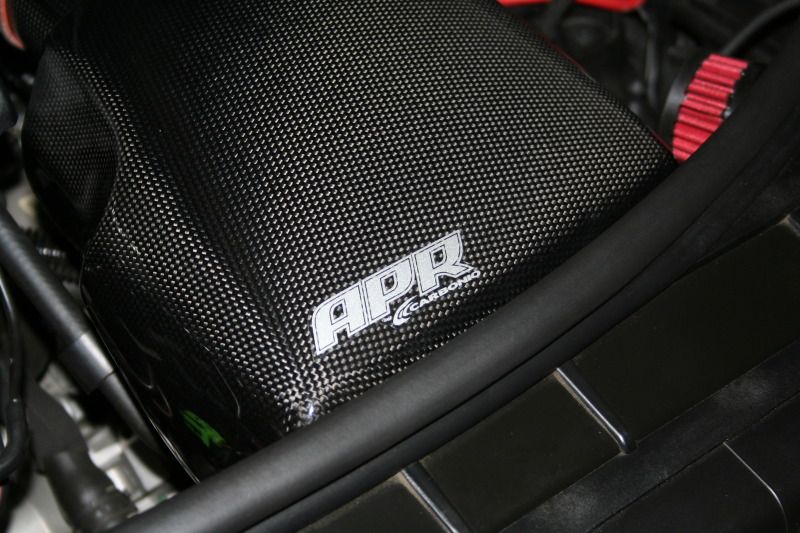
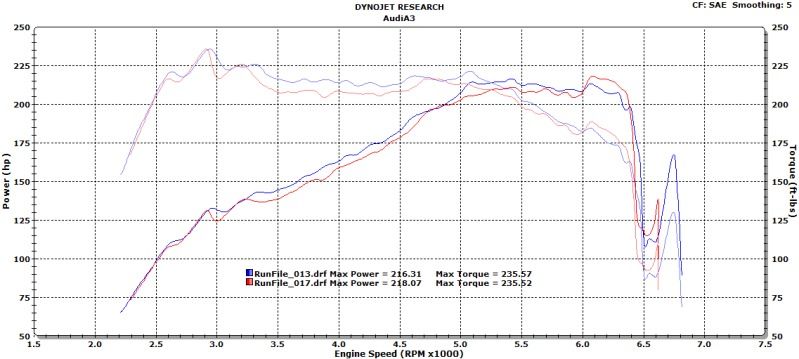
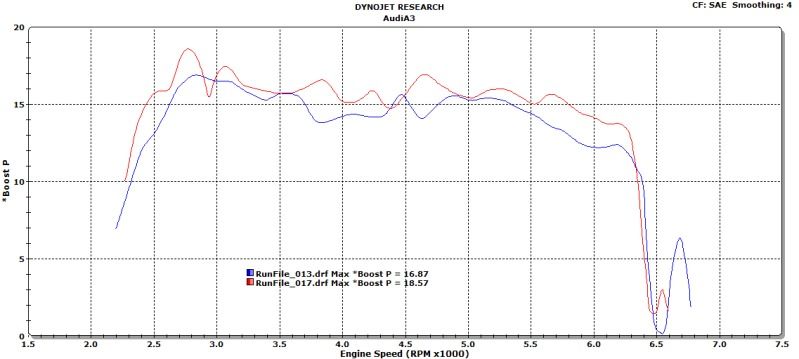
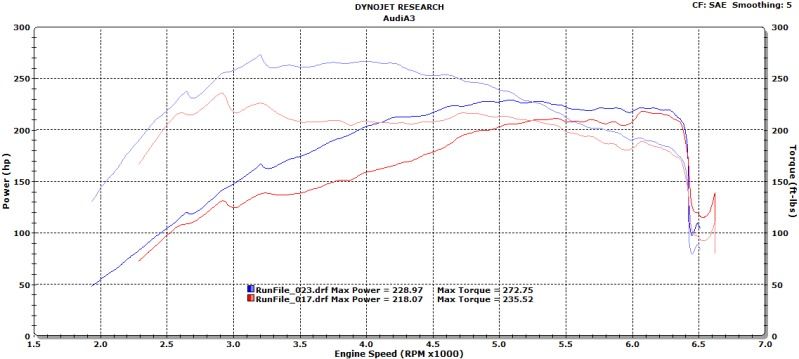








Bookmarks